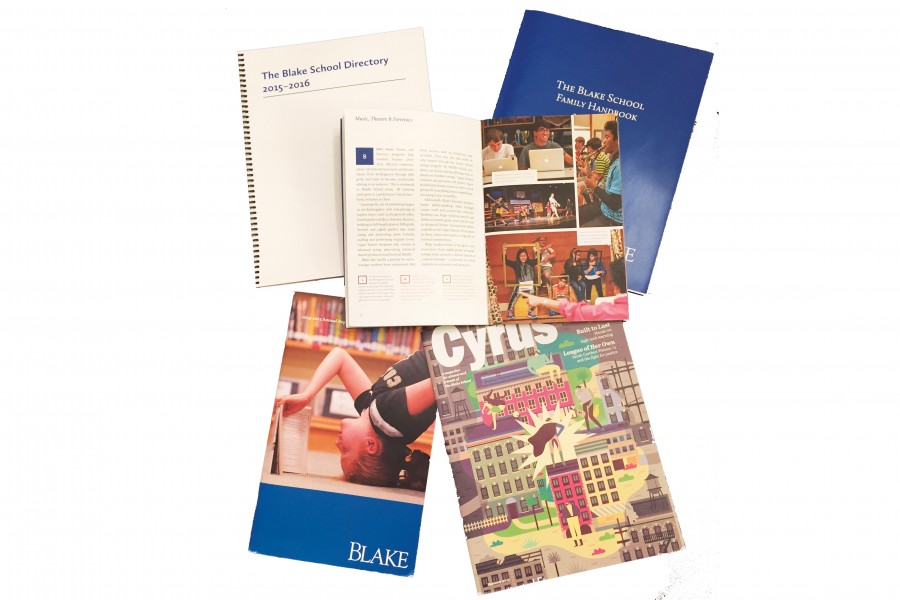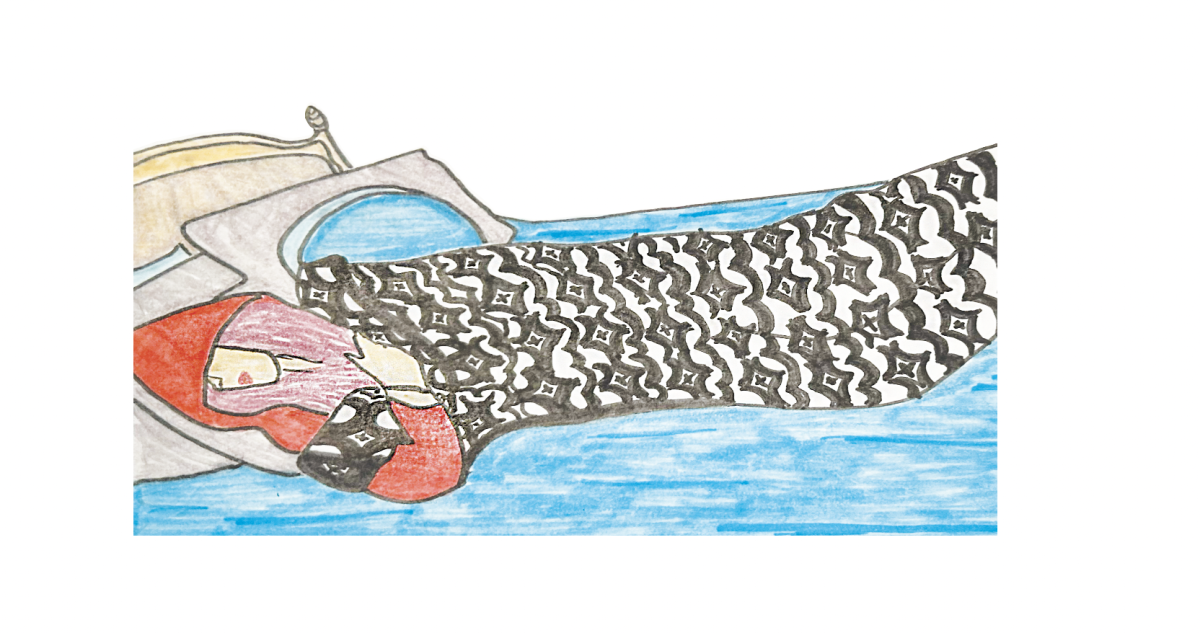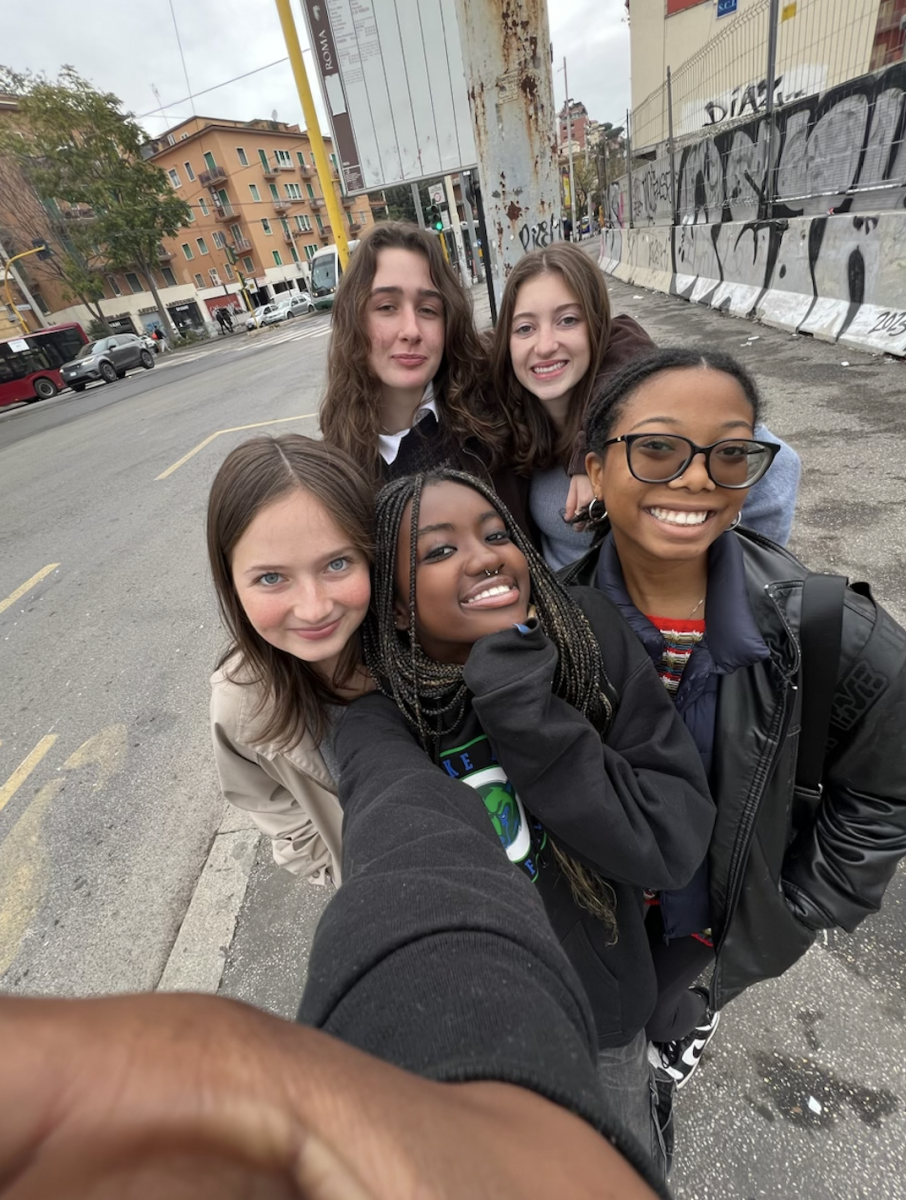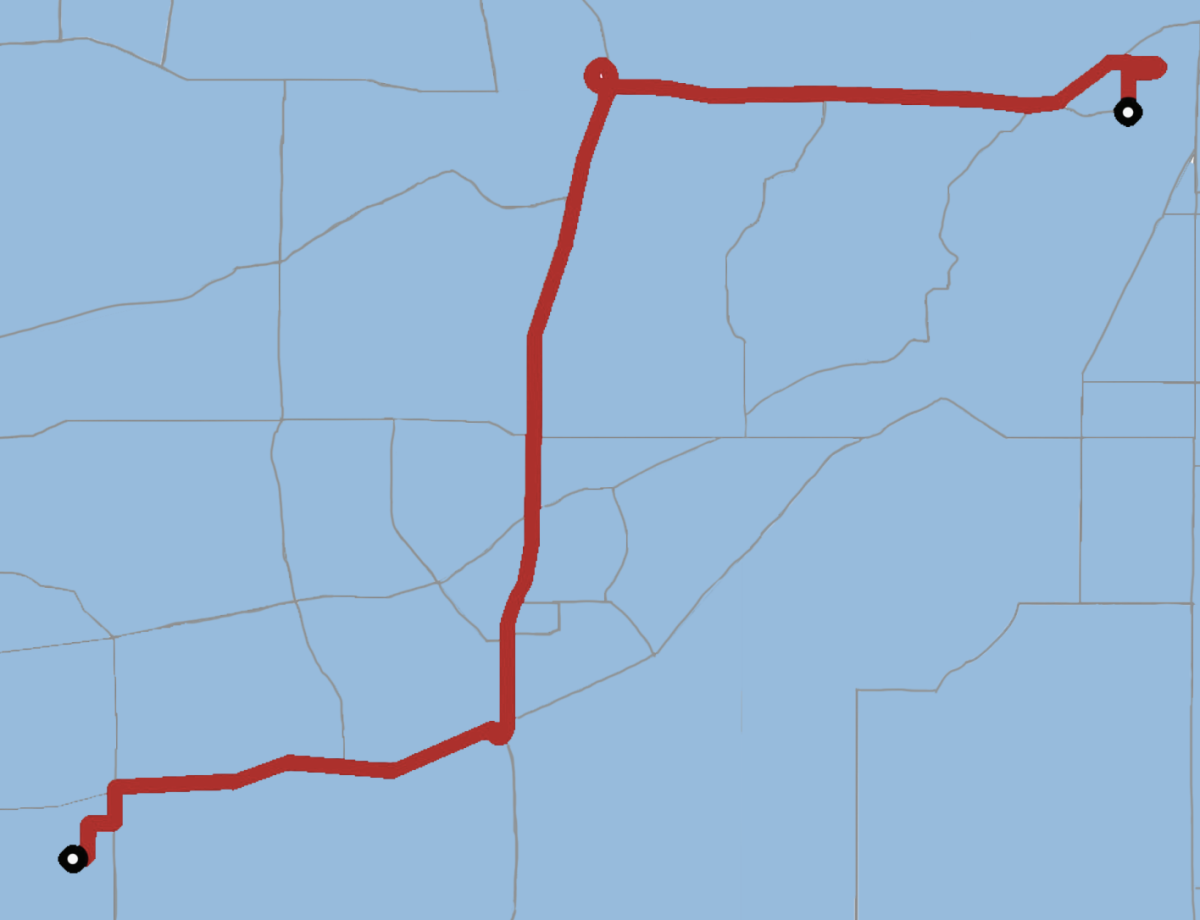“I feel like we’re being put on display, without people actually hearing our voices,” said Nailah Williams ‘19.
I sat back and watched more laughter and lively exchanges between members of Cornerstone. For those who do not know, Cornerstone is an affinity group for students of color at Blake. The group meets for dinner every Sunday at 6:15 p.m., and usually discusses different topics while they eat. These topics can range from Fetty Wap to Black Lives Matter, but tonight, the conversation was about photography.
It’s a running joke between many students of color that if you’re caught walking together in the halls or at other school events, chances are your picture will be taken and you’ll end up plastered all over websites, pamphlets, and bulletins for years to come, or, as Cameron Downey ‘17 puts it, you may end as the “token blackie.” Jokes like these can create solidarity and distract from the more serious implications of the pictures, one of which is tokenism. “It’s dangerous to single people out,” says Jaimi Salone ‘16, “because if the same people see their faces, it’s like, ‘look at me, I’m the poster child!’ and they’re representing all the POCs [people of color] here and it’s not fair.”
Anisa Hickey ‘16 agrees. “When Marcus Berg [‘14] graduated, his face was still on everything,” she observes, “like the front page and all of the basketball stuff, like, over a year later, and it’s just like, be real, he graduated and so did a lot of POCs.”
But is this tokenism and a bad thing? Some may feel that the purpose behind the photos and advertisements is to create an aspirational, or even false, sense of diversity and racial equality at Blake. Others believe the tokenism can be a tool to draw more people of color in. While reflecting about her time at Blake, alum and LearningWorks student services director Asma Mohammed ‘10 said, “I used to have a really big problem with this, but I think about admissions, and I go into the site and I see Sosa [Edison Edebor ‘16], and I think, ‘OK, at least there’s one.’”
New student Alyssa Story ‘19 agrees with Mohammed and shares her own story. “When I first looked at Blake I, like, stalked the website,” she says, “and I saw Sosa’s face, and I was like, ‘wow!’ I wasn’t expecting a lot of people who weren’t white, but it was nice to see that there was at least one non-white person here.”
It’s possible that this “selective photography” isn’t purposeful, but it’s still happening, and the phenomenon expands farther than just pictures. “It’s more than just photos, it’s, like, admissions events, – like, I remember being on a panel and I was like, ‘I wonder if I was picked because I’d be a good spokesperson for the school, or if they just needed two black kids, a half-Asian, and a white boy,” says Ben Lee ‘19.
The average ratio of non-white to white students in Blake PR materials is 1:1, yet the percentage of non-white students at Blake is only about 29.3% (a ratio of about 3:10). Again, the disproportionate selection of pictures featuring non-white students may not be purposeful, but it is still happening.
To current students of color, the jokes can help create solidarity and distract from the more serious implications of the pictures, and to incoming students of color, the photos can be helpful and even reassuring.
One thing everyone could agree on was the fact that change needs to happen from the ground up. Blake alum and current director of the LearningWorks program,Natalie Owens-Pike ‘08 said that a “goal is to hire more photographers of color.” Maybe by hiring more photographers who share some of the same experiences and identities of those who feel they are being targeted, the focus of the pictures can switch from catching that perfect skin gradient to representing the reality of Blake.







